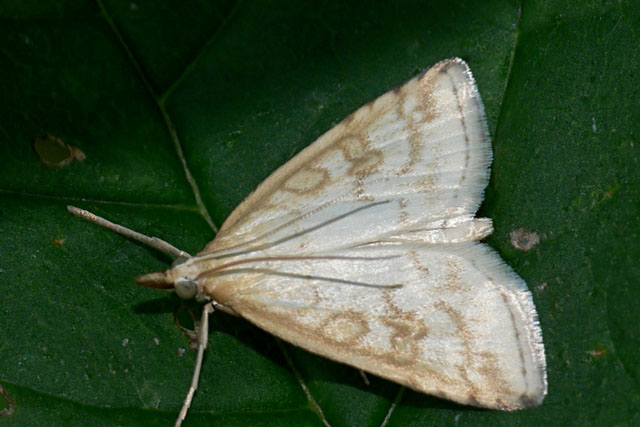Crambidae

The Crambidae are a large family of over 10,000 species of small to medium-sized moths in the superfamily Pyraloidea. They occur worldwide, with highest diversity in the tropics; about 900 species are recorded in North America. The family was established by Pierre André Latreille in 1810.
Adults have wingspans of 10–50 mm, with slender bodies and broad, often triangular wings held flat or roof-like at rest. Many show bright or patterned coloration. Most are nocturnal, but some are diurnal. Larvae are typically stem borers, leaf rollers, or aquatic in habit, feeding on grasses, sedges, aquatic plants, or crops; a few are predators or scavengers.
The family includes subfamilies such as Crambinae (grass moths, with genera Crambus and Agriphila), Spilomelinae (webworms and snout moths, with Spoladea and Udea), and Pyraustinae (with Pyrausta and Ostrinia, including the corn borer). Recent studies use DNA and morphology to refine classifications, especially in tropical regions.


























